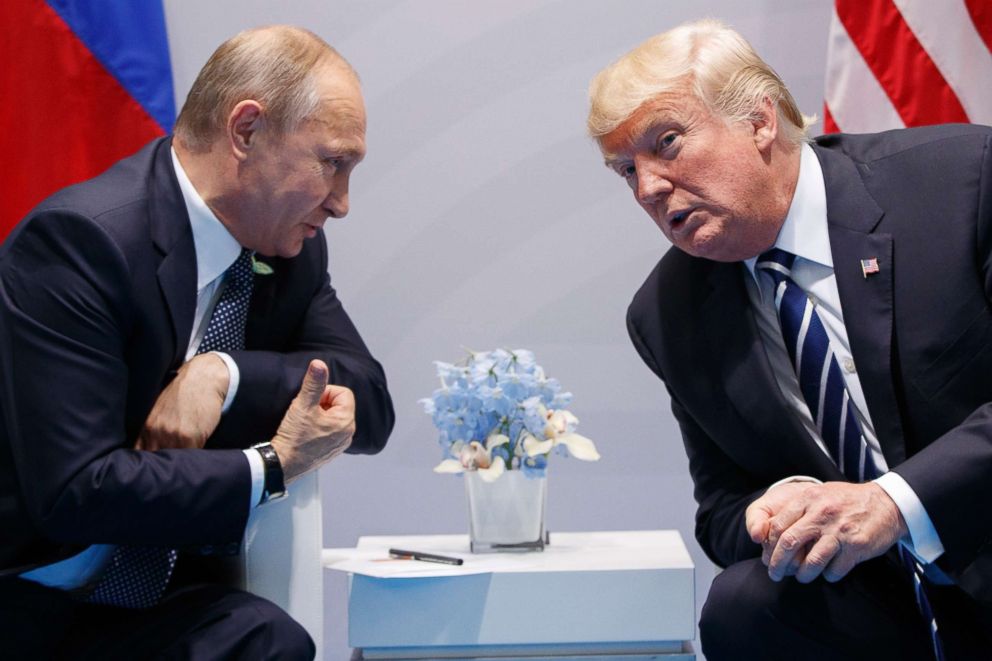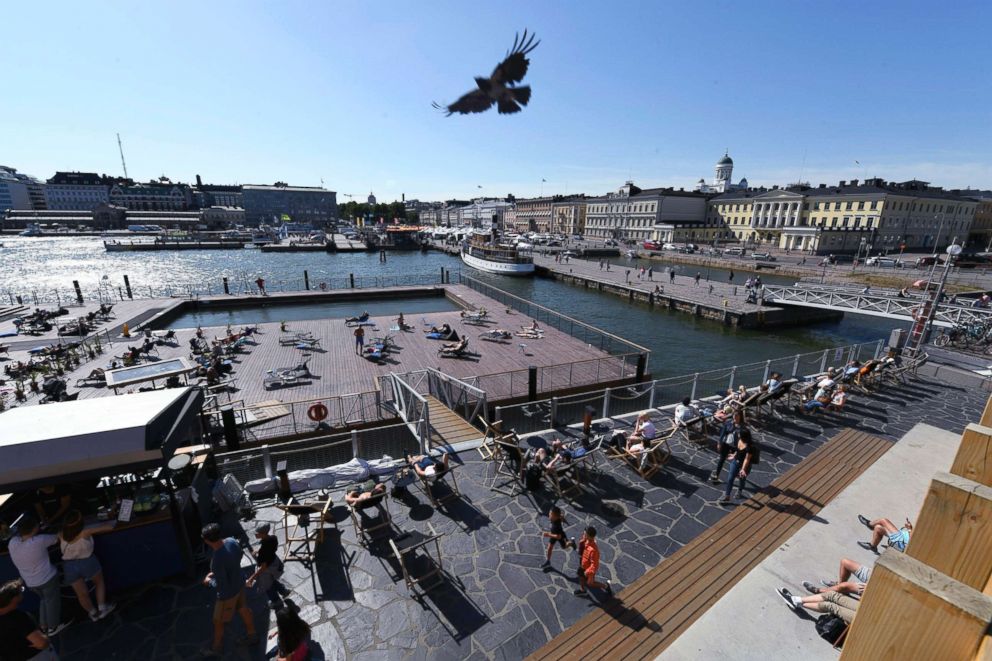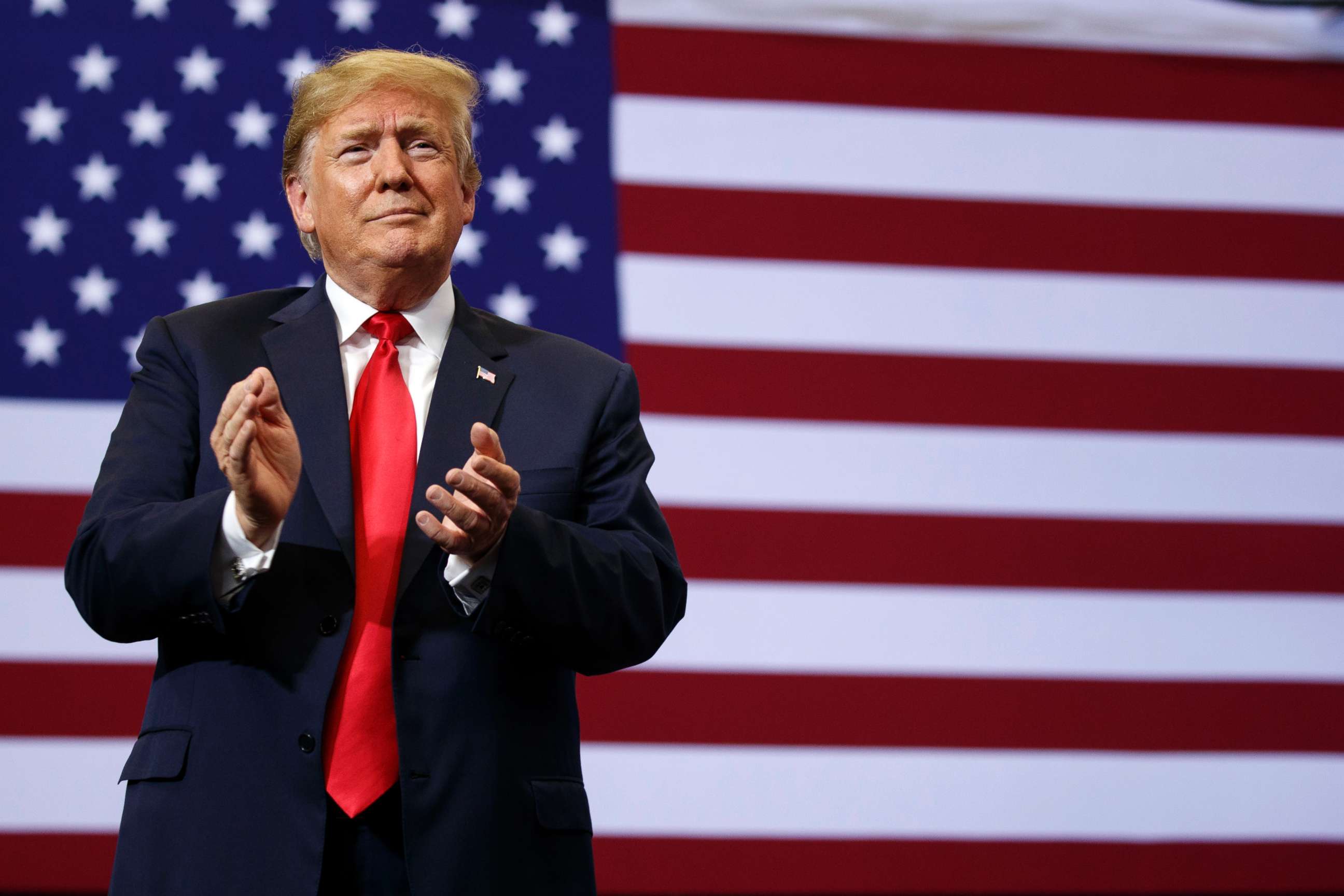Helsinki, city chosen for Putin-Trump meeting, has history of US-Russia summits
The Finnish capital hosted major U.S.-Soviet summits during the Cold War.
The White House and the Kremlin have announced that Finland’s capital, Helsinki will be the venue when President Donald Trump and Russian President Vladimir Putin hold their first formal summit on July 16.
The choice is, in many ways, not surprising. Helsinki has a history of hosting summits between U.S. and Russian leaders that stretches from the Cold War and has a long tradition of acting as a bridge between the super-powers.

Sharing a border with its massive neighbor from which it only gained independence in 1917-- and with whom it has twice had to fight wars to retain that independence-- Finland has always had to manage a delicate balance between its desire to be close to Europe while maintaining cordial relations with Russia. Finland has remained outside NATO for instance and during the stand-off between the East and the West during the Cold War, it became neutral ground where Soviet and U.S. presidents could meet. Since the Cold War ended, Helsinki has retained its role as a mediator internationally, recently playing host to discussions around North Korea, as well as between high-level contacts between Russian and U.S. military officials.
The most significant U.S.-Soviet summit hosted by the city was in 1975. During this time, President Gerald Ford met with the Soviet leader Leonid Brezhnev for talks that produced the “Helsinki Accords" -- when the U.S. and Soviet Union gathered 35 nations to forge a new Cold War understanding -- in which the countries committed to respecting post-World War II borders and the USSR was pushed into signing onto human rights conventions.
In 1990, Helsinki hosted a U.S.-Soviet summit, this time between President George H. W. Bush and Soviet President Mikhail Gorbachev. The two met at a markedly different time to the present era -- the Soviet Union was collapsing, Russia and the U.S. were embracing one another as the Cold War ended.

Bush used the meeting to try to gain Gorbachev’s support for tougher sanctions against Iraq’s Saddam Hussein as the Gulf War loomed. Gorbachev’s willingness to go along with America was noted at the time as a remarkable shift as the USSR and the U.S. came together over an international crisis, a symbol of the Cold War ending.
Two years earlier, President Ronald Reagan had also used Helsinki as a stopping off point to prepare for a major summit in Moscow with Gorbachev. Reagan stayed in Helsinki ahead of the summit to relax. As an official told The Los Angeles Times then, they picked Finland because it is "a place where you can go and do no heavy lifting."
Looking back at the previous Helsinki summits, it is striking how some themes have recurred through them.
The last major summit between a Russian and U.S. president in Helsinki was in 1997 between President Bill Clinton and Boris Yeltsin, Russia’s first post-Soviet president.
At the Clinton-Yeltsin summit disputes over arm control treaties and the expansion of NATO towards Russia’s borders were center stage. The summit was remarkable at the time for the breakthroughs the two sides made, particularly on arms control, with both agreeing to reduce their deployed strategic warheads by a third. Yeltsin also reluctantly accepted NATO’s expansion to include Russia’s former Soviet satellites. That and other concessions around missile defense prompted Russia's communists -- then, as now, in opposition -- to condemn the summit as the equivalent of the Treaty of Versailles that ended the first World War in 1919 and imposed a humiliating victor’s peace on Germany.

Nineteen years later and both issues are once again at the fore of the Trump-Putin summit. This time, though, the Russian leader comes with seemingly no inclination to concede. NATO expansion and the establishment of a U.S. missile defense system have been two defining grievances of Putin’s rule and he shares the communists’ view that their acceptance was a humiliation.
Going into the summit, Trump and Putin have raised the specter of a new arms race, and the U.S. and Russia are quarreling over arms control agreements.
Some of the parallels also serve to show how much has changed, at the same time as so little has.
At the 1997 summit, Clinton promised to invite Russia to join the group of wealthy nations, known as the G7, which Russia later did.
Almost two decades later, now President Trump goes into this summit calling for the same thing -- for Russia to be allowed in again after it was kicked out over its invasion of Ukraine.




